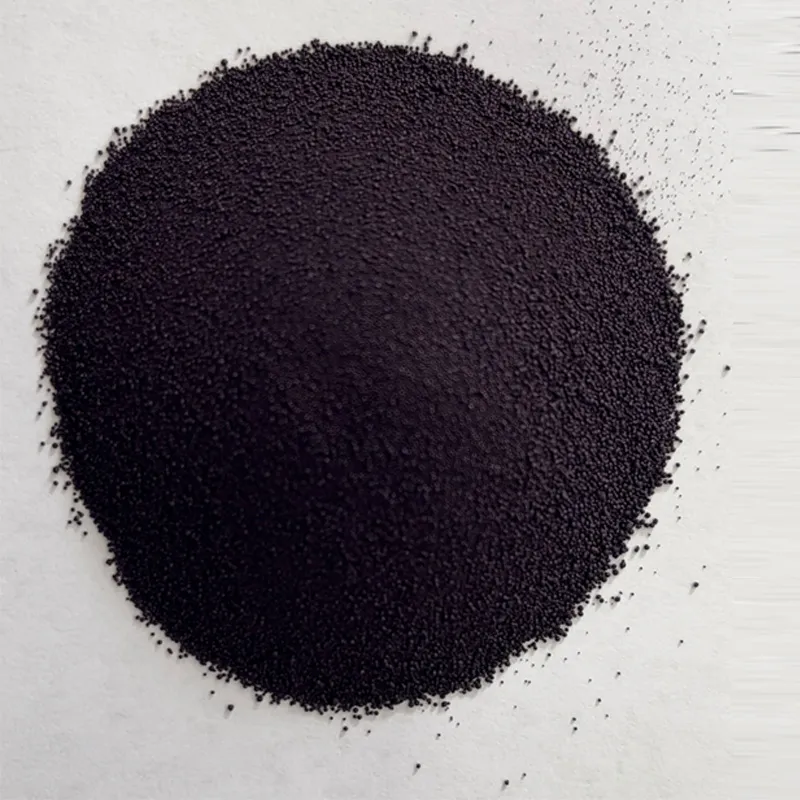Exploring Sustainable Blue Natural Dyes for Eco-Friendly Products and Applications
The Rise of Blue Natural Dye Products A Sustainable Journey
In recent years, there has been a remarkable resurgence in the appreciation and application of natural dyes, particularly for textiles and beauty products. Among these, blue natural dyes have emerged as an exciting and eco-friendly alternative to synthetic colorants. This article explores the significance, sources, and benefits of blue natural dye products, shedding light on their growing popularity in various industries.
Historical Context
Natural dyes have been used for centuries across cultures worldwide. Blue dyes, in particular, have a rich history. One of the oldest known blue dyes is indigo, extracted from the leaves of the Indigofera plant, which dates back over 6,000 years in regions like Egypt, India, and West Africa. Other natural blue sources include woad, a European plant used similarly to indigo, and various minerals. Traditionally, these dyes were vital for trade and fashion, often associated with social status.
The Shift Towards Natural Dyes
With increased awareness of environmental issues and the adverse effects of synthetic dyes on health and ecosystems, there has been a noticeable shift towards natural alternatives. Synthetic dyes, commonly derived from petroleum, can contain harmful chemicals that not only pollute water sources during production but can also cause skin irritations and allergies. In contrast, natural dyes are biodegradable and often less toxic, making them safer for manufacturers, consumers, and the environment.
Sources of Blue Natural Dyes
1. Indigo The most renowned natural blue dye, indigo is harvested from the leaves of the indigo plant. The dyeing process involves fermenting the leaves to produce a blue pigment known as indigo blue. This dye is valued not just for its breathtaking color but also for its deep cultural significance in many societies.
2. Woad A historical contender to indigo, woad was commonly used in Europe for centuries. While it produces a slightly greenish hue compared to indigo, it has made a comeback among artisans and eco-conscious consumers.
3. Blue Cornflower The petals of the blue cornflower yield a blue dye that can be used for food and textile applications. This dye has gained popularity in artisanal food products, enhancing not only the visual appeal but also the authenticity of traditional cuisines.
4. Other Sources Additional plants, such as blueberry and red cabbage, can yield varying shades of blue when combined with different mordants. These sources add to the diversity of natural options available for dyeing.
blue natural dye product

Benefits of Blue Natural Dye Products
Natural blue dye products carry numerous benefits
- Sustainability The use of natural resources minimizes the carbon footprint associated with dye production compared to synthetic options
. Sustainable farming practices that nourish and replenish the soil are also fostered.- Unique Aesthetics The depth and richness of colors obtained from natural dyes are unparalleled. Each batch can yield slightly different shades, giving materials a unique and artisanal appeal.
- Cultural Preservation By adopting natural dyeing practices, consumers and artisans contribute to the preservation of traditional techniques and cultural heritage. This facet attracts not only environmentally-conscious consumers but also those interested in the stories and histories behind their products.
- Health Considerations Natural dyes are generally gentler on the skin, making them preferable for clothing, especially for children and individuals with sensitive skin.
Challenges and Future Prospects
Despite the many advantages, there are challenges to the broader adoption of blue natural dye products. The dyeing process can be labor-intensive, and the consistency of color can vary, requiring skill and experience. Additionally, there may be limitations in scale and availability, as many natural dyes depend on specific climatic conditions and sustainable farming practices.
However, as the demand for sustainable products grows, innovations in dye extraction, application, and awareness are expanding the market for blue natural dye products. Industry collaborations and support from consumers will bolster these efforts, paving the way for a future where natural dyes flourish alongside modern textile and product manufacturing.
Conclusion
The revival of blue natural dye products signifies more than just a trend in sustainability; it represents a poignant connection to history, culture, and the environment. By embracing these vibrant alternatives, consumers can contribute to a more sustainable and ethical approach to fashion and beauty, allowing the rich traditions of natural dyeing to thrive once more. As we move towards a more eco-conscious future, blue natural dyes not only color our products but also enrich our lives with their story and sustainability.
-
The Timeless Art of Denim Indigo Dye
NewsJul.01,2025
-
The Rise of Sulfur Dyed Denim
NewsJul.01,2025
-
The Rich Revival of the Best Indigo Dye
NewsJul.01,2025
-
The Enduring Strength of Sulphur Black
NewsJul.01,2025
-
The Ancient Art of Chinese Indigo Dye
NewsJul.01,2025
-
Industry Power of Indigo
NewsJul.01,2025
-
Black Sulfur is Leading the Next Wave
NewsJul.01,2025

Sulphur Black
1.Name: sulphur black; Sulfur Black; Sulphur Black 1;
2.Structure formula:
3.Molecule formula: C6H4N2O5
4.CAS No.: 1326-82-5
5.HS code: 32041911
6.Product specification:Appearance:black phosphorus flakes; black liquid

Bromo Indigo; Vat Bromo-Indigo; C.I.Vat Blue 5
1.Name: Bromo indigo; Vat bromo-indigo; C.I.Vat blue 5;
2.Structure formula:
3.Molecule formula: C16H6Br4N2O2
4.CAS No.: 2475-31-2
5.HS code: 3204151000 6.Major usage and instruction: Be mainly used to dye cotton fabrics.

Indigo Blue Vat Blue
1.Name: indigo blue,vat blue 1,
2.Structure formula:
3.Molecule formula: C16H10N2O2
4.. CAS No.: 482-89-3
5.Molecule weight: 262.62
6.HS code: 3204151000
7.Major usage and instruction: Be mainly used to dye cotton fabrics.

